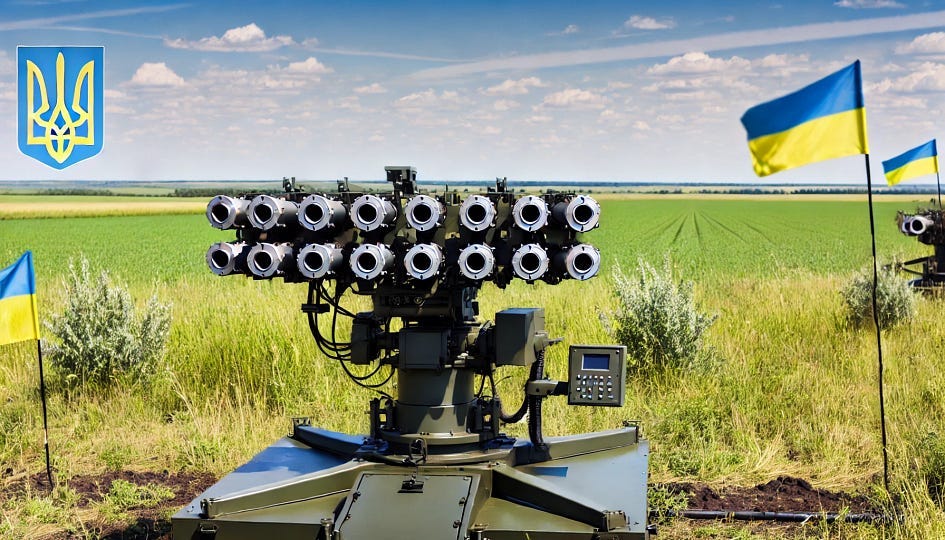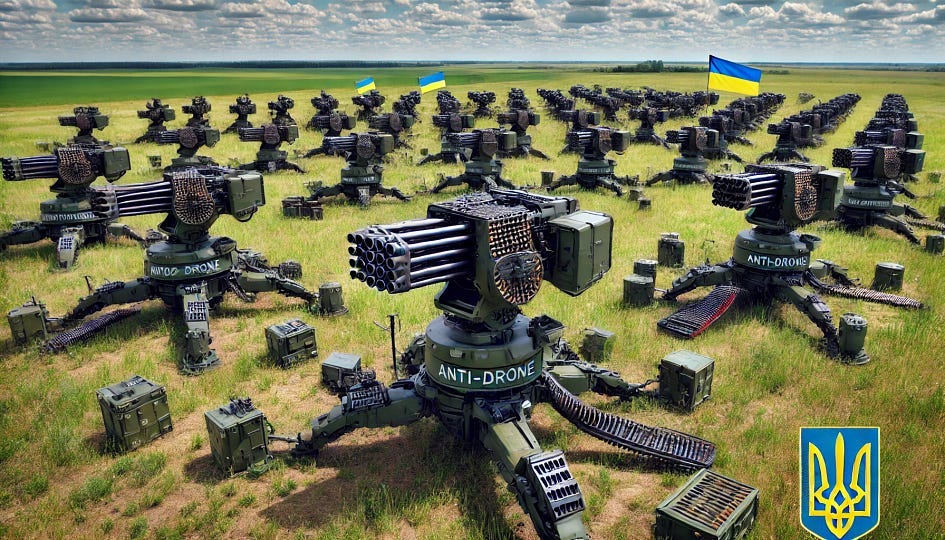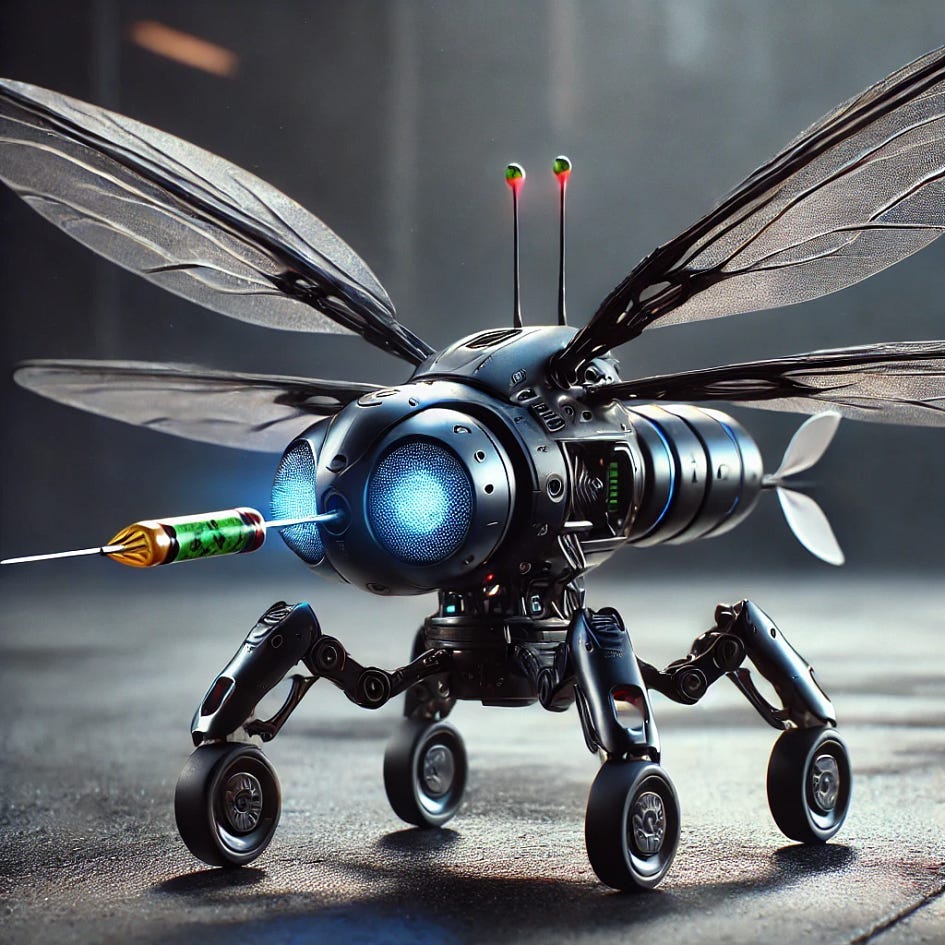The Possible Evolution of Anti-Drone Warfare

Due to the prevalence of anti-aircraft warfare systems on both the Russian and Ukrainian sides in the Ukraine War, aircraft have been rarely utilized in this conflict. Additionally, anti-tank weapons and drones have made tanks much harder to use. Tank versus tank warfare is almost never seen, and tanks often seem to function as worse forms of artillery.
Tanks and fighter aircraft are extremely expensive, with tanks costing a few million and many fighter jets costing tens of millions. Russia’s radar aircraft the Beriev A-50 reported cost more than $300 million. Many of these expensive machines have not really been able to operate as intended on the modern battlefield. Instead, cheap drones have become ubiquitous. Consumer grade drones around the $2,000–5,000 range were very common at the start of the war, but now, Ukraine has been able to build FPV (first-person-view) drones for as low as a few hundred.
So far, there has been little to counter these types of cheap drones. They can easily destroy million-dollar tanks. Infantry are also helpless against them. There are many videos where Russian soldiers can be seen attempting to flee from an FPV drone, which is futile since they can fly at 40 mph.
Is there a way to counter these small drones? Yes.
Possible Solutions
To analyze what may work at the small scale, we have to look at the mid-range first. Flak systems have made a return in warfare to shoot down the $20,000 Shahed drones. While missiles like the Patriot system can work against these, cheaper flak systems must be used due to the mass number of Shahed drones. Modern flak works much better than the ones of World War 2, being able to detonate with precision to ensure the shrapnel has the greatest effect.
Flak has great range, but it may be too complex and expensive for small FPV drones that only cost a few hundred each.
What could work then? A shotgun turret system. Such a system could cheaply shoot down FPV drones in mass. Auto-targeting would be essential for such a system, as humans have extreme difficulties manually shooting down drones.
The system could combine radar and visual AI targeting in order to quickly down drones. The range of shotgun ammunition is limited to a few hundred meters, making them impractical for many applications, but perfect for shooting down drones. FPV drones usually have to make direct contact to do damage, meaning that a few hundred meters is plenty of range.
If engagement starts at 300 meters, the system would have about 17 seconds to shoot down a drone. With auto tracking and leading systems, multiple targets could be acquired and brought down with only a few shots.

Due to the low-cost of shotgun ammunition, it could be cheaper to down drones than the cost to make the drones. This would again shift the tide of warfare in the favor of infantry and armored vehicles. These systems might even be attached to tanks or armored personal carriers in order to keep drones at bay.
What Happens Next?
If such a system is developed, the battlefield may become even slower than it is now. Reconnaissance efforts and attacking entrenched enemies would become much harder. As a result, such a system may become a prime target for artillery, with both sides attempting to eliminate these anti-drone systems so that they can get drones in the air again.
In adaptation to these potential systems, drones might get even smaller. 2 years ago, students at the University of Bristol demonstrated a flapping wing drone that could fly even more efficiently than a dragonfly.
https://newatlas.com/drones/flapping-wing-drone-laza-electrostatic/
Such drones would be extremely covert. Of course, there would be drawbacks as well, like the challenge of integrating radio and camera systems into such a small device. They would also fly very slowly. However, they make the possibility of assassin drones a real possibility.
Imagine such a drone with a poison dart. They could take out key officials far behind the front lines when they least expect it.
A lot of this is highly speculative. There could be reasons why these systems work or don’t work, and these could either be seen as great technologies to pursue, or something better might be realized.
However, one thing is for sure. Warfare is rapidly evolving, and we’re only seeing the very early stages of drone and anti-drone warfare. The next few years and even months will bring about big changes to the battlefield.




